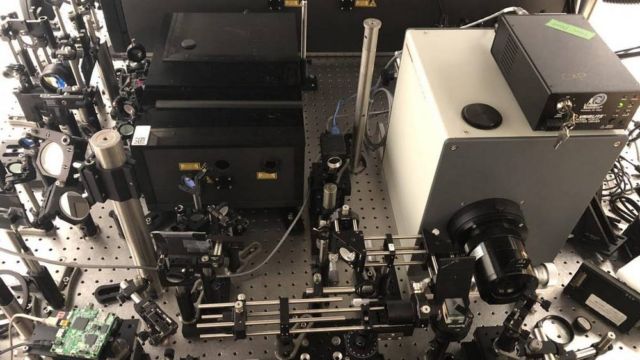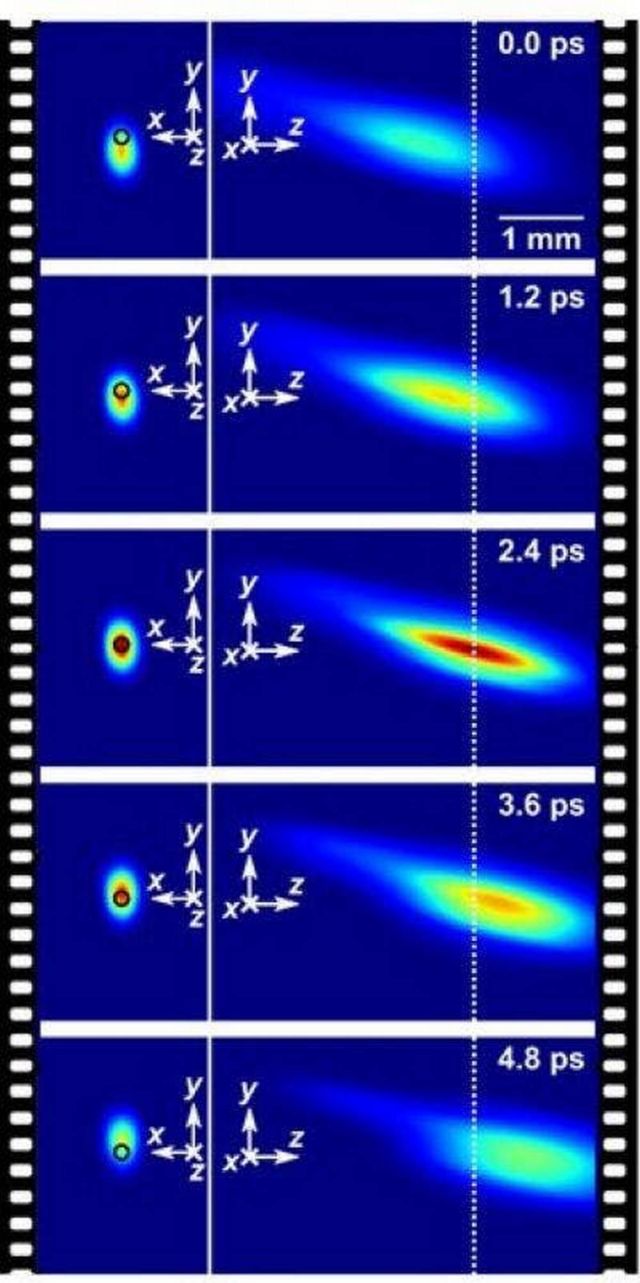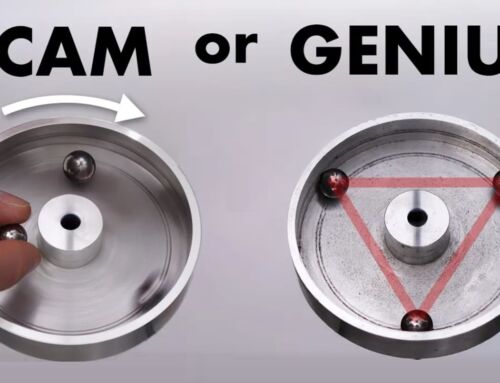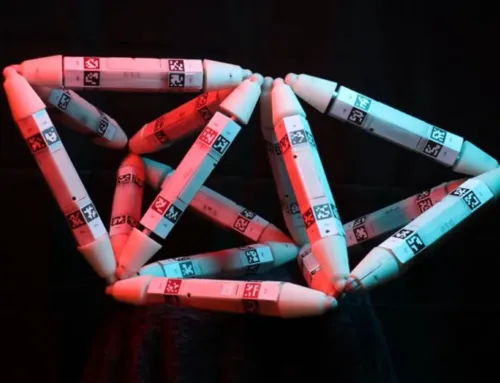World’s fastest camera freezes time at 10 trillion frames per second, show beams of light in slow motion.
INRS professor and ultrafast imaging specialist Jinyang Liang. He and his colleagues, led by Caltech’s Lihong Wang, have developed what they call T-CUP: the world’s fastest camera, capable of capturing ten trillion (1013) frames per second.
This new camera literally makes it possible to freeze time to see phenomena—and even light!—in extremely slow motion.
Using current imaging techniques, measurements taken with ultrashort laser pulses must be repeated many times, which is appropriate for some types of inert samples, but impossible for other more fragile ones. For example, laser-engraved glass can tolerate only a single laser pulse, leaving less than a picosecond to capture the results. In such a case, the imaging technique must be able to capture the entire process in real time.
Compressed ultrafast photography (CUP) was a good starting point them. At 100 billion frames per second, this method approached, but did not meet, the specifications required to integrate femtosecond lasers. To improve on the concept, the new T-CUP system was developed based on a femtosecond streak camera that also incorporates a data acquisition type used in applications such as tomography.
Professor Lihong Wang, the Bren Professor of Medial Engineering and Electrical Engineering at Caltech and the Director of Caltech Optical Imaging Laboratory (COIL), said:
“We knew that by using only a femtosecond streak camera, the image quality would be limited. So to improve this, we added another camera that acquires a static image. Combined with the image acquired by the femtosecond streak camera, we can use what is called a Radon transformation to obtain high-quality images while recording ten trillion frames per second.”
Real-time imaging of temporal focusing of a femtosecond laser pulse at 2.5 Tfps.
Images credit INRS
source INRS







Leave A Comment